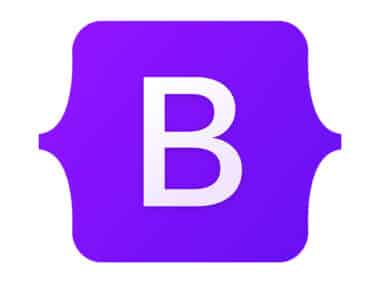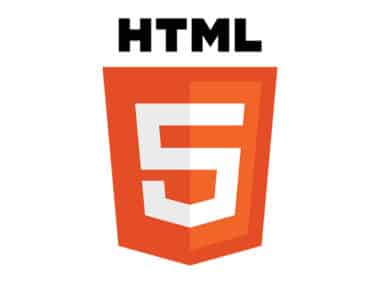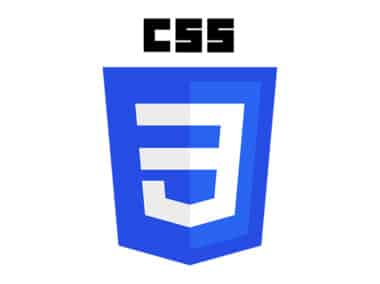JQuery is a powerful JavaScript library that simplifies web development tasks such as HTML document traversal, event handling, and animation. However, there are times when you may require additional functionality that is not provided by the core JQuery library. This is where JQuery plugins come in handy.
JQuery plugins are essentially code snippets that you can add to your web pages to extend the functionality of the JQuery library. These plugins are created by developers from all over the world and can be used to perform a wide variety of tasks, such as creating custom UI elements, adding animations, and enhancing form validation.
Popular JQuery Plugins
There are several JQuery plugins available that can extend the functionality of your web applications. Some popular ones include:
JQuery UI Library
The JQuery UI Library is a collection of user interface widgets and themes built on top of the core JQuery library. It provides a set of ready-to-use UI elements such as buttons, sliders, accordions, and datepickers. You can easily customize the styling of these widgets to match the look and feel of your web application.
For instance, if you want to add a datepicker to your web form, you can simply download the JQuery UI library from the official website and include the necessary CSS and JavaScript files in your HTML document. Once you have done that, you can start using the widgets by calling the relevant functions provided by the library.
JQuery Validation Plugin
The JQuery Validation Plugin is a powerful validation tool that can validate different types of form fields such as textboxes, checkboxes, radio buttons, and dropdowns. It provides a set of validation rules that you can apply to your form fields, such as required fields, email validation, and number validation.
To use the JQuery Validation Plugin, you need to include the necessary CSS and JavaScript files in your HTML document. You also need to define the validation rules for your form fields using the plugin’s API. This plugin can help you ensure that your web forms are filled out correctly and prevent errors caused by incorrect data entry.
Slick Slider
Slick is a JQuery plugin that allows you to create responsive, touch-enabled sliders for your web pages. It comes with a range of features such as infinite looping, autoplay, and lazy loading of images. With Slick, you can create stunning image and content sliders that are optimized for all devices.
To use Slick, you need to download the plugin from the official website and include the necessary CSS and JavaScript files in your HTML document. You can then configure the slider settings by passing the relevant options to the plugin’s API.
Conclusion
JQuery plugins are a great way to extend the functionality of your JQuery-based web applications. By using popular plugins such as the JQuery UI Library, JQuery Validation Plugin, and Slick Slider, you can save time and effort in developing complex UI elements and form validations. These plugins are easy to use and can help you create professional-looking web pages with minimal effort. So, give them a try and see how they can enhance your web development workflow!




